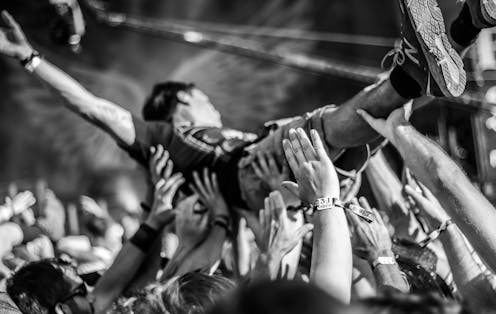Thrash not trash ?: why heavy metal is a valid and vital PhD subject
- Written by Simon Springer, Professor of Human Geography, University of Newcastle
 I never anticipated the level of interest in a simple call for PhD applicants.Photo by Juliette F on Unsplash
I never anticipated the level of interest in a simple call for PhD applicants.Photo by Juliette F on UnsplashAt first glance, heavy metal music and academia seem like odd bedfellows. The former is often looked on with a sense of derision for its assumed lack of refinement; the latter is seen as sophisticated.
Not long after I posted a callout for...
Read more: Thrash not trash ?: why heavy metal is a valid and vital PhD subject




